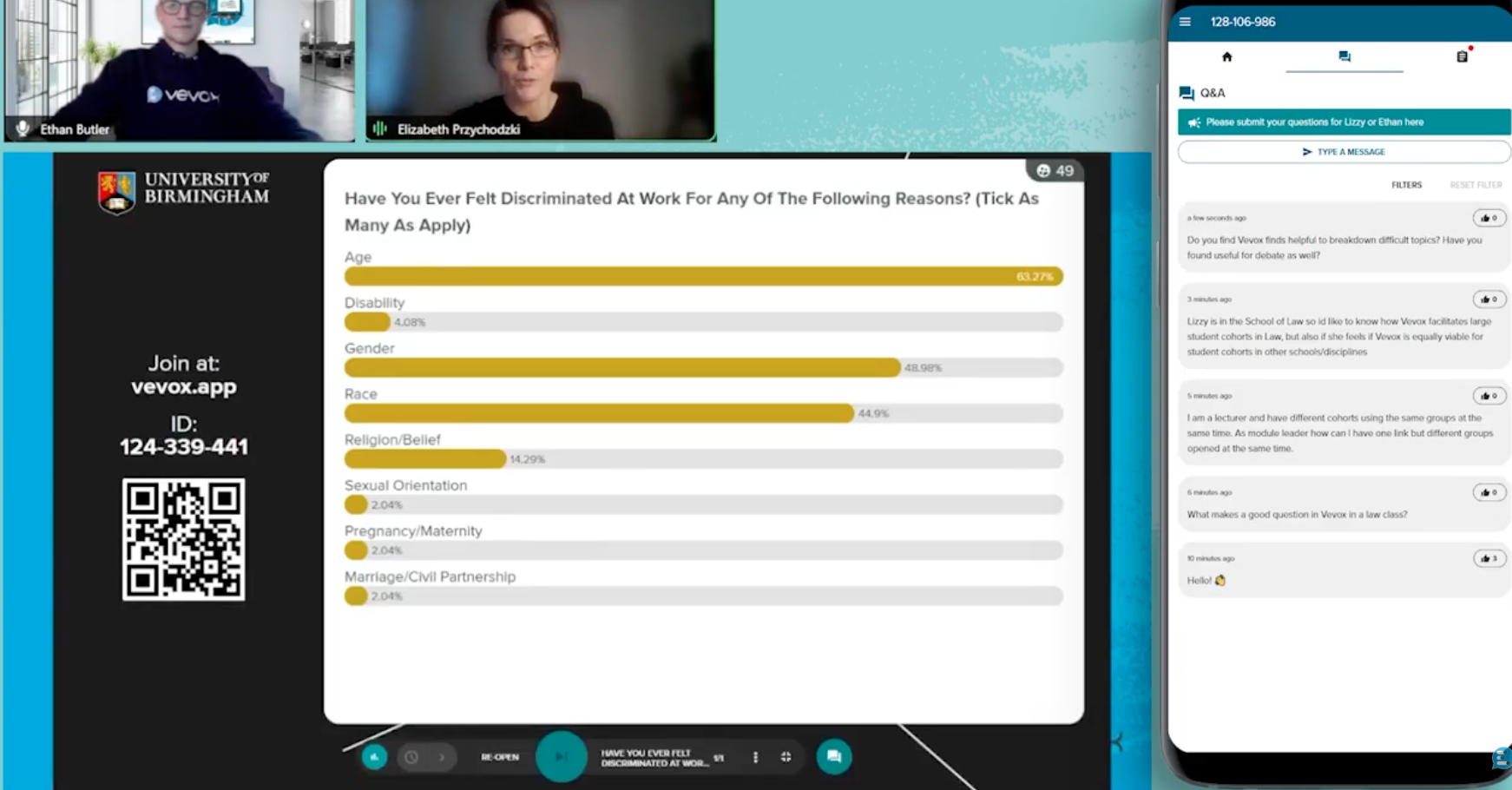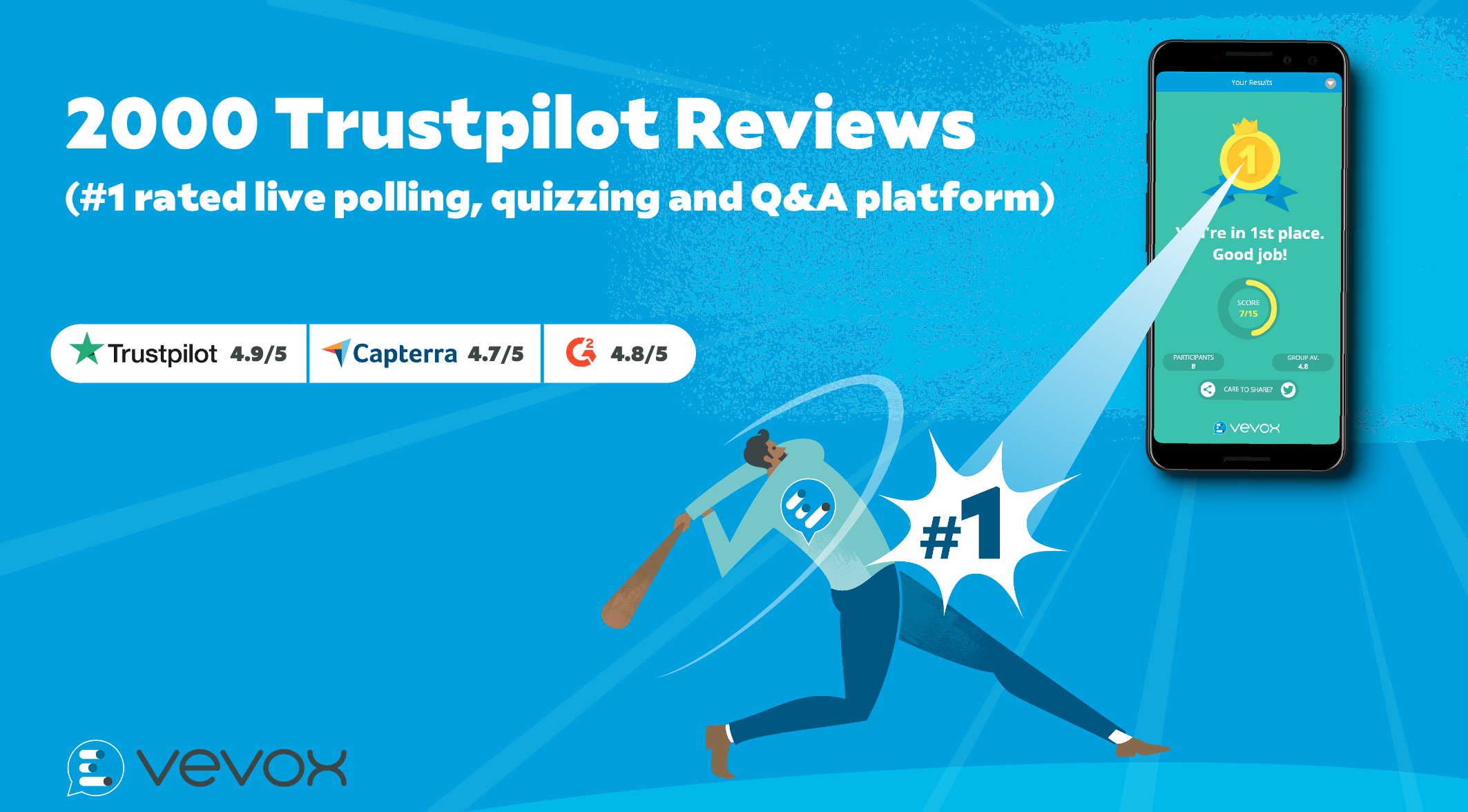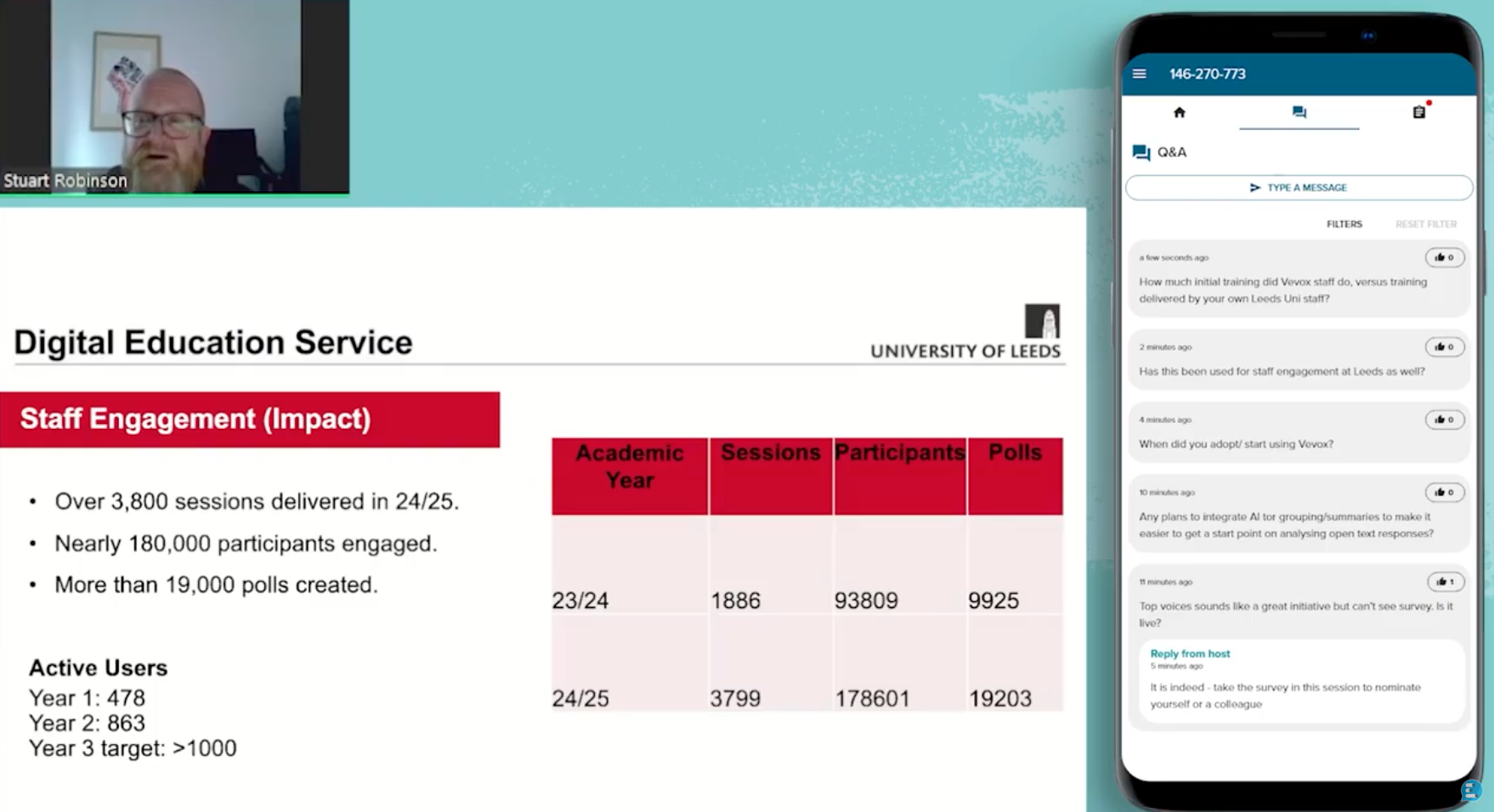How can you keep students engaged during your lecture? How do you avoid distractions? This blog post offers some great advice on how to get and most importantly keep your students attention in the classroom and beyond.
Lack of engagement and therefore motivation is the usually the most common reason for failed exams, missed deadlines and an overall lack of commitment to study. This is not the only reason but it is one that is easily remedied, so it is vital to take the right steps to make sure your students are engaged throughout your lecture or seminars.
Create fun and interactive lectures
As a lecturer, it is your responsibility to present course content to your students. If your lecture doesn’t spark interest, and curiosity from the start, there is no way that you can expect your students to stay engaged. To capture the students interest and imagination, create dynamic content and presentations for your class, spark a discussion amongst the class and enable the students to feel part of the course, not just a witness. To check how your students feel, why not ask for anonymous feedback to rate your lectures to make sure that you’re making a positive impact?
Take advantage of student smartphones
One of the biggest distractions that educators say they face today is technology, usually in the form of a smartphone. Instead of letting smartphones become a distraction in your lecture hall, how about making them a central part of the learning process? One example of doing this is by using tools such as Vevox to engage your students with interactive presentations, where they can use their smartphones to answer questions during the lecture. This will stop students getting distracted by their smartphones, and instead use technology to engage them in a new and refreshing way.
Make lectures meaningful
At the start of each lecture, explain to your students why they are there. Perhaps the topic you are going to cover will come up on the end of year exam, or it is an area that future employers consider important. By adding a “why” to your lecture you can give students some perspective and remind them how important it is to stay connected and actively participate throughout the session. Really focussing on the ‘Why’ will also help you asses your own lecture or course objectives as an educator, and see how the students respond to your teaching.
Inject some humour
We’ve all experienced a seminar or presentation that has bored us to tears, so make sure that lecture is not yours! Add some humour to your lecture to change the pace and atmosphere, particularly if you are dealing with complicated topics that require periods of intense concentration. According to research the average student attention span is 8 minutes, so bear this in mind when planning your lesson. Adding a well-placed dose of light hearted conversation or a practical task will help your students to feel more relaxed in the classroom which encourages interaction and engagement.
Use student interests to stay relevant
We have already discussed that interesting content is essential for keeping students engaged. One great way to improve the impact of your lecture is to understand what interests your students. For example, they might love The Big Bang Theory or have a particular interest in music, sports or games. You can use this information to create relevant tasks or discussion points in lectures to establish a positive student-teacher relationship. Using familiar points of reference is particularly useful when tackling hard-to-understand topics that students may have trouble engaging with as they are instantly able to relate and form their own level of understanding, which helps them to feel connected.
Evaluate and measure
At the end of your lecture, why not measure the levels of engagement by asking your students for some reflections from the session? This will not only help you understand how your students are engaging (after all, you can’t improve what you don’t measure), but your students will be able to test their own knowledge.
Ask your students about their expectations
By finding out what students already know, eduators can create lectures that better fit their students needs needs. At the start of the academic year, consider asking your students about their expectations for the course and their own learning. This will also give you the chance to set your expectations of the results you want your students to achieve. Establishing clear communication between you and your students will help you to understand their needs and expectations which will help you to understand how you can keep them engaged.
Engagement isn’t something you can demand from your students, but an environment you need to work together with them to create. Great content, communication, and interactivity are the core elements of getting your students to engage not only during a lecture, but for the whole semester! Why not sign up for a free Vevox account and start your interactive lectures today!





